
Product information
Fèlsina ‘Fontalloro’ IGT 2017
Sangiovese from Castelnuovo Berardenga, Chianti Classico, Tuscany, Italy
$155
Description
Fontalloro is exquisite in 2017. It is also such a contrast to the Rancia, as the two wines could not possibly be more different. Fontalloro is bright and vibrant, with more sweet red Sangiovese character than the darker Rancia. It is also incredibly delicious now, even though it clearly has the energy to age for many years. The 2017 is one of the finest Fontalloros I can remember tasting.
Antonio Galloni
Only 2 left in stock
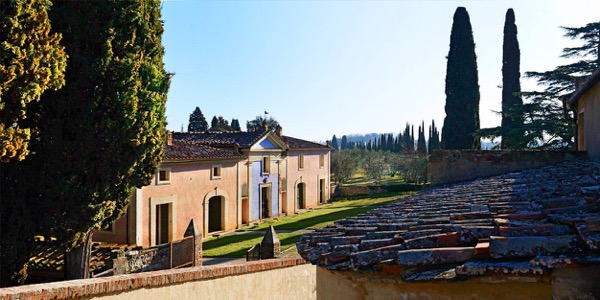
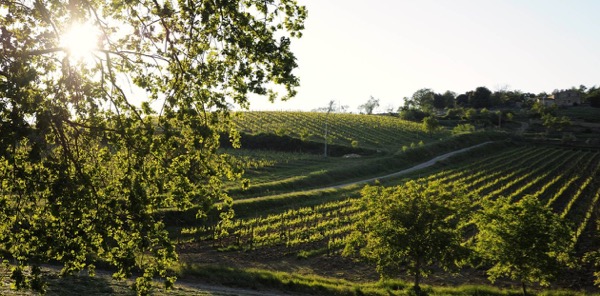







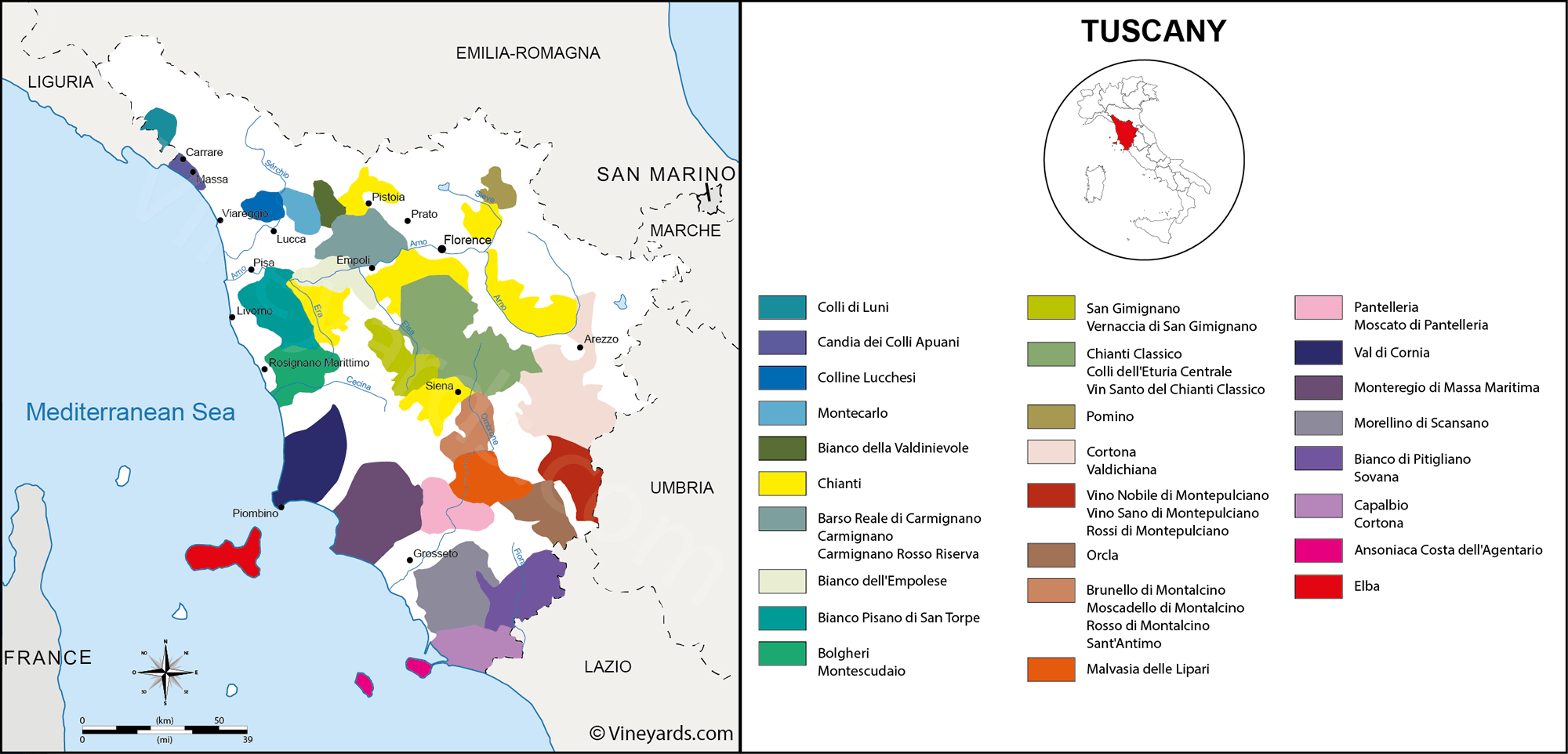
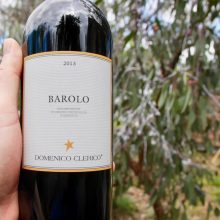
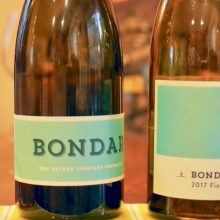
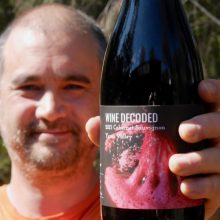
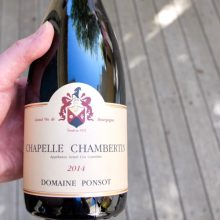
You must be logged in to post a comment.